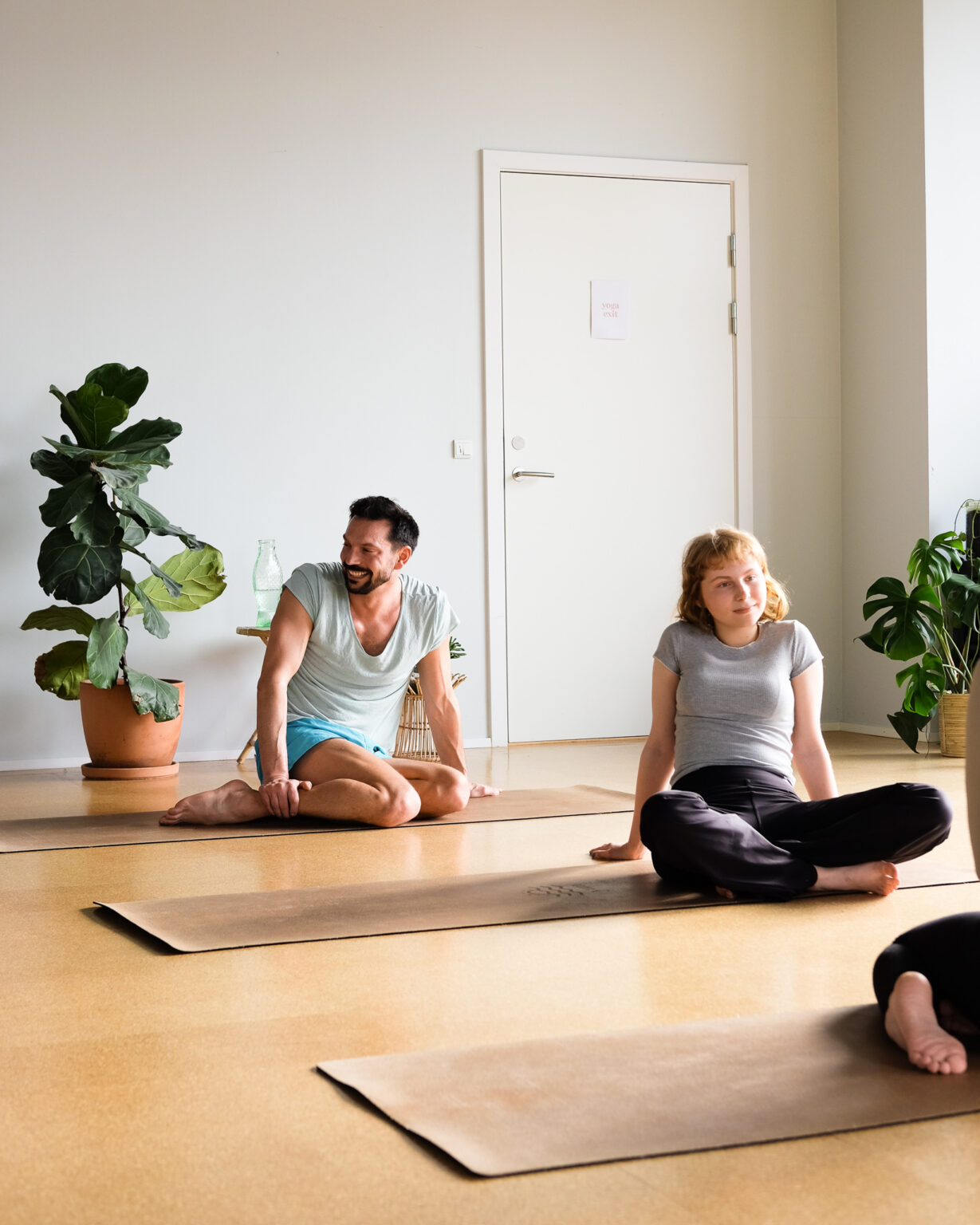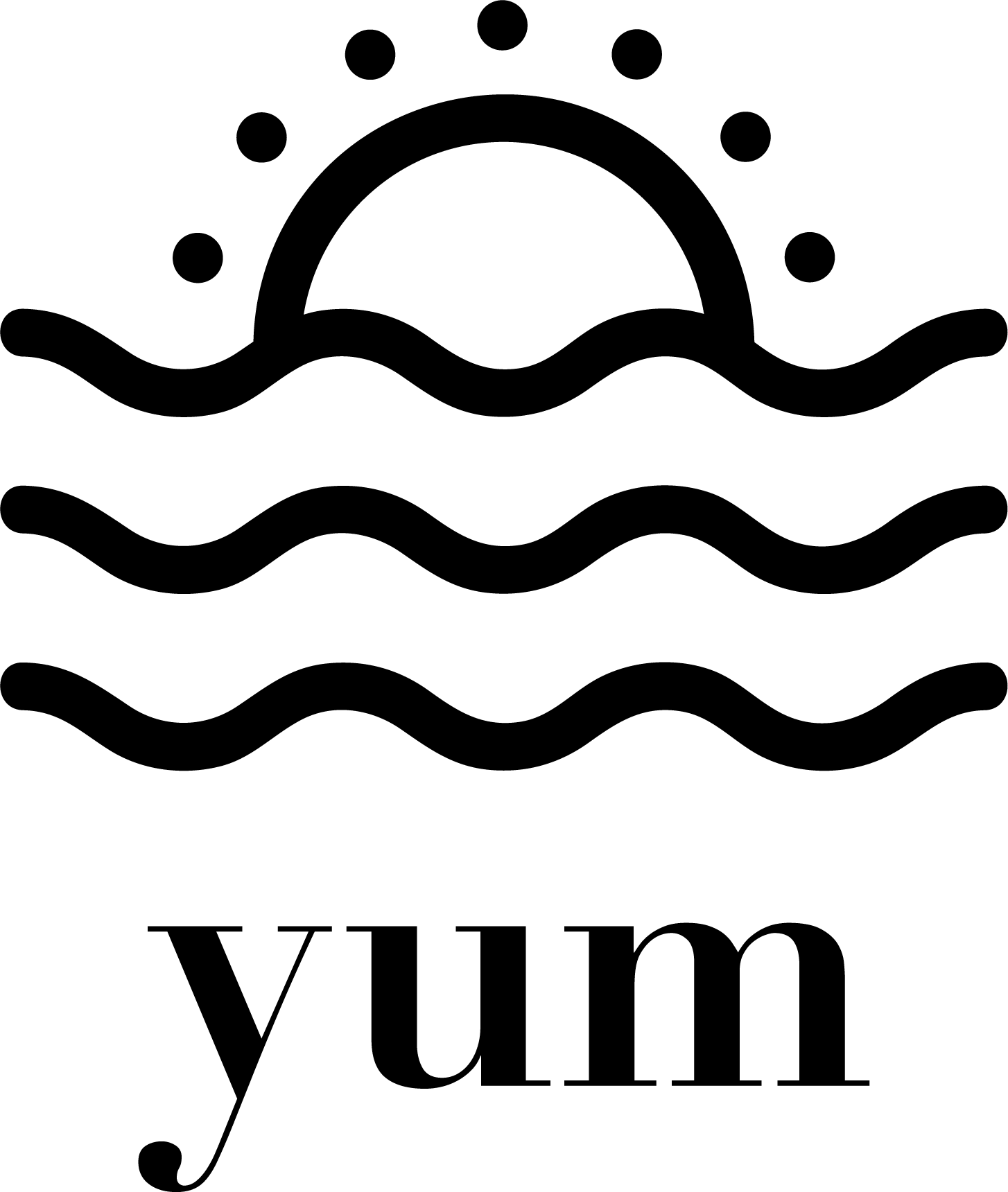A Beginner’s Guide to Yoga
Yoga is a physical, mental, and spiritual practice that originated in ancient India. It involves a variety of physical postures (called asanas), breathing techniques (called pranayama), and meditation practices that aim to improve flexibility, strength, and relaxation.

Beginner’s Tips
As a beginner, there are a few things you should know before starting a yoga practice:
- Find a teacher who takes time explaining foundations. It’s important to find a class that is suitable for beginners, as well as a teacher who is patient and can provide modifications for any postures that may be difficult for youIt’s important to listen to your body and not push yourself too hard. Take breaks when you need them and try not to compare yourself to others in the class.
- Embrace “beginner’s mind”. In contemplative tradition, “beginner’s mind” is a state of being open, curious and accepting of whatever you encounter. As an actual beginner in yoga, you have a the unique opportunity to try this practice for the first time! Don’t be discouraged if you can’t do all the postures or if you feel like you’re not flexible enough. Yoga is a practice, and it takes time and dedication to improve.
- Come for the workout, stay for the peace! While yoga can help you build flexibility, strength and endurance, the practice is more than just the physical postures. It’s also about developing awareness, finding relaxation, and cultivating a sense of peace and balance.
Yummy Styles of Yoga
When starting out with yoga, you might wonder what yum’s element-based yoga classes are all about (you can read more on our website)!
There are many different styles of yoga, each with its own unique focus and approach. We created an element-based system to group similar styles together and encourage students to try something they might not otherwise have considered. Here are a few of the most common yoga styles:
Hatha yoga: Hatha yoga is a general term that refers to any type of yoga that involves physical postures (asanas). It can also specifically refer to a slower-paced style of yoga held for up to 8 breaths, focusing on proper alignment and developing stamina in postures.
Vinyasa yoga: Vinyasa yoga, also known as “flow” yoga, involves a series of postures that are linked together with breath in a fluid, dynamic sequences. Vinyasa is generally a faster-paced style of yoga that often involves a lot of movement and can be more physically challenging. The class format varies widely depending on the instructor, and can integrate elements of yoga with, dance, functional movement, and strength training. Vinyasa classes are often taught to music.
Iyengar yoga: Iyengar yoga is a style of yoga that emphasizes precise alignment and the use of props, such as blankets, blocks, and straps, to assist in achieving proper form in the postures. It is a good option for beginners or those with injuries or chronic pain.
Ashtanga yoga: Ashtanga yoga is a physically demanding style of yoga developed by the yoga master K. Pattabhi Jois during the twentieth century, often promoted as a modern-day form of classical Indian yoga. The word “ashtanga” means “eight limbs” in Sanskrit, referring to the principles of yoga laid out in Patanjali’s Yoga yoga sutras. It is often recognized as the origin of vinyasa yoga, and involves a set series of postures that are performed in a specific order known as the Ashtanga Primary and Ashtanga Half Primary series. It is a fast-paced, vigorous style of yoga that takes years to master.
Hot Yoga / Bikram yoga: Bikram yoga, also known as “hot” yoga, is a series of 26 postures and 2 breathing exercises performed in a room heated to approximately 105 degrees Fahrenheit (40.5 degrees Celsius). It is a physically challenging style of yoga that is not recommended for beginners.
Yin Yoga Yin yoga is a deeply calming, meditative practice that integrates the Chinese system of meridians and the five elements with principles of hatha yoga. Yin classes are taught in seated and resting positions and focus on deep tissue and tension release with poses held for between 2-7 minutes. Yin yoga may include calming pranayama, meditation and guided energy work through the chakras and/or meridians (subtle body). Yin poses are often very similar to hatha variations, but have different names (e.g. pigeon pose in hatha = sleeping swan in yin).
Restorative Yoga Restorative yoga is a hybrid of yin, hatha and deep breath work. The techniques vary widely, but the common goal of restorative yoga classes is to restore the nervous system to a state of calm and the body to a state of ease. Depending on the background and intention of your restorative yoga teacher, you may practice calming breathwork, mindfulness, meditation, chakra work, yin yoga poses, myofascial release, and inversions. (Grounding – Earth)
When you’re a yummy beginner, it’s a good idea to try out a few different styles to see what works best for you.
Get started with 30 days of unlimited yoga!
Intro offer
Unlimited yoga for 30 days
349,-
- 🎊Includes all regular yoga classes, retreat sessions and aerial yoga. EMS is not included.
- 👀Unlimited access during the period!
- 💵10% member discount in the café.
Your pass is valid for 30 days, starting from the purchase date, and grants you access to an unlimited number of yoga classes during this period. No further binding applies. Claiming the offer, you confirm to have read the terms & conditions.
